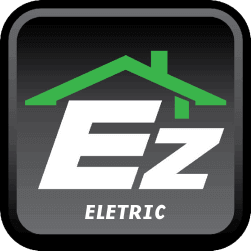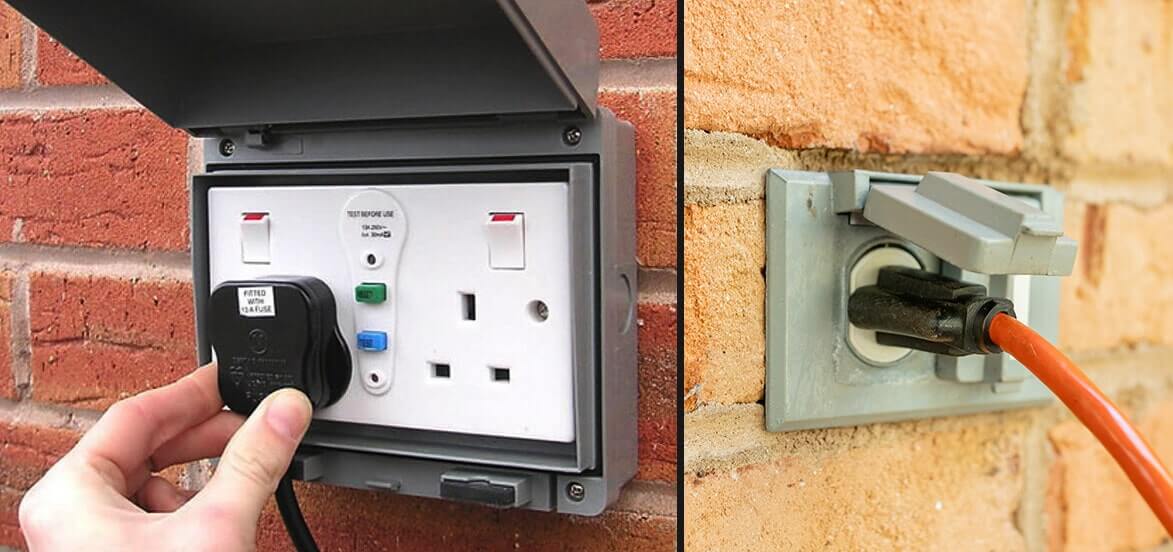All You Need To Know About Outdoor Electrical Outlets
Driven lighting is rapidly becoming the most desirable alternative for various outdoor lighting applications. The following are some straightforward reasons for this: The lifespan of an LED is 2-10 times longer than that of its nearest competitor technology, and it produces very high-quality light while offering a broad range of customisation options. LEDs are by far the most energy-efficient light now available on the market. They are very tiny lights that use steady-state technology, so there is no need to worry about them breaking or being recycled as there was with previous generations of lighting technology. For better experience you may hire an electrical contractor in San Diego.
How to install outdoor electrical outlets?
Excitement of finally having the installation done has worn off, securing your electrical box to the wall. To install an outdoor electrical outlet you must contact the experts or you may proceed with the following steps:
1. Attach your pigtail wires to the proper screw for each color on the outdoor receptacle box. The black wire should go to the brass screw, the white wire should go to the silver screw, and the ground wire should go to the green screw.
2. Remove the insulation from the opposite end of each pigtail and the new wire you have pushed through the wall. It should take approximately three-quarters of an inch.
3. Using wire nuts, connect the three black wires that are considered hot to each other, the three white wires that are considered neutral to each other, and the three ground wires to each other. Place them cautiously within the electrical box, then replace the outlet inside.
4. Attach a new box to the outer wall, ensuring it is level with the wall’s surface.
5. Secure a faceplate to your outdoor electrical box, enclose it with a water-resistant cover, and voilà! The installation process has been finished.
Lighting Fixtures for Outdoor Use
Illuminating the Way
It is the form of landscape lighting system that is used the most often. Path lights are short poles with a light installed inside them and topped with a diffuser. Path Lights are helpful when you want to extend lighting along a pathway, frame a room, or feature in a yard. In most cases, Path Lights are placed along the edge of a road, a footpath, or a body of water.
Lights on the Ceiling and in the Hanging Spaces
Lights dangling from the ceiling or chains are standard options for use in damp environments since they are not directly subjected to precipitation. They are often specified as brighter fixtures since they were designed to be implanted into the surface or used as a featured light. You may discover lights hanging from the ceiling in a broad range of designs, each offering a different level of illumination.
Lighting for the Wall
Wall lights are versatile and can be installed on practically any vertical surface, making them ideal for use on front or back porches. Wall lights are solid and attractive, making them one of the most popular choices for outside lighting fixtures. Wall sconces placed outside are often used for aesthetic reasons; they provide more ambient or accentual lighting than direct or bright illumination. They are an excellent choice for outside spaces like patios and porches.
Lights That Are Mounted On The Pier
The mounting for these lights is done atop the posts, as the name of the mounting location suggests. When there is a need for extra illumination in the architectural space, the post-mounted lights assist in distributing the light across a larger region. They are usually installed at doorways, exits, on walls, or around a deck. Most of the post lights are “Wet Graded” since they are often put in areas exposed to the elements, such as driveways and sidewalks. It indicates that they have been built to withstand prolonged contact with wet conditions, such as rain and humidity. Pier mounting lights have the appearance of post lights, but their construction makes them more suitable for installation on the top of columns or walls.
Peace of Mind and Protection
When it comes to creating outdoor lighting, there are several alternatives that aid boost protection. Understanding the location is the first step in providing adequate security for anything from Wi-Fi-controlled LED light bulbs to motion-sensor lights that include both distance and size sensors in their design. The front door, the driveway, and the garage are often the key points of interest in most homes. Because they are triggered only when they detect motion, motion sensor lights are a wise choice. Bright safety lights, which provide a light similar to a flood, are designed to deter potential thieves or attackers.
Dusk to Dawn Lights
Lights that automatically switch on at dusk and off at dawn are known as “dusk to dawn” lights, and they are characterized by the presence of specialized photo sensors inside the lighting fixtures themselves. San Diego Electrical Panel Upgrade provides you a practical solution to the problem of ensuring that your outside lights are turned on at the appropriate times.
Motion Sensor Lights
Motion sensor lights are engaged to turn on surrounding gestures, which makes them appropriate for use as security lights and in high-traffic parts of the home, such as entrances and pathways. Surrounding gestures may activate motion sensor lights. The motion sensor’s range and the angle it can detect change based on the arrangement.
The Advantages of Putting Outdoor Electrical Outlets Into Your Home
Because your house is incapable of functioning correctly without them, you take the necessary precautions to install electrical outlets within it, but what about the outside? Having outside electrical outlets may assist make many aspects of your life simpler, including hosting gatherings and tending to your lawn and garden. However, keep in mind that installing these electrical outlets is the most critical factor in determining how effective they will be.
When installing outdoor electrical outlets in New Jersey, one should always engage the services of a professional electrician in Carlsbad. Because they will be exposed to the weather, you must fit them correctly to provide the highest possible level of protection.
The Advantages of Putting Outdoor Electrical Outlets Into Your Home
- Convenience: To power electrically powered equipment outside, most homeowners must first run extension cables from their garage or outlets inside their homes. It is both inconvenient and perhaps harmful. The wires spread out over the pathways and the grass provide a tripping danger in addition to the potential of a power outage or a fire.
- Entertaining Made Easier: You won’t need to use an interior outlet to power your outdoor lights or any other equipment used for partying since you will have outlets ready to use outdoors. Everything from your radio to a small refrigerator may be plugged in and used outdoors.
- Putting up the Christmas Lights Is a Snap: In keeping with custom, Christmas lights are brought into garages and residences by extension wires and cable boxes. However, if you have outside electrical outlets, you will find it much simpler to install Christmas lights. You no longer have to worry about overloading your home’s electrical circuits or scheduling your lighting based on the length of an extension cable available.



